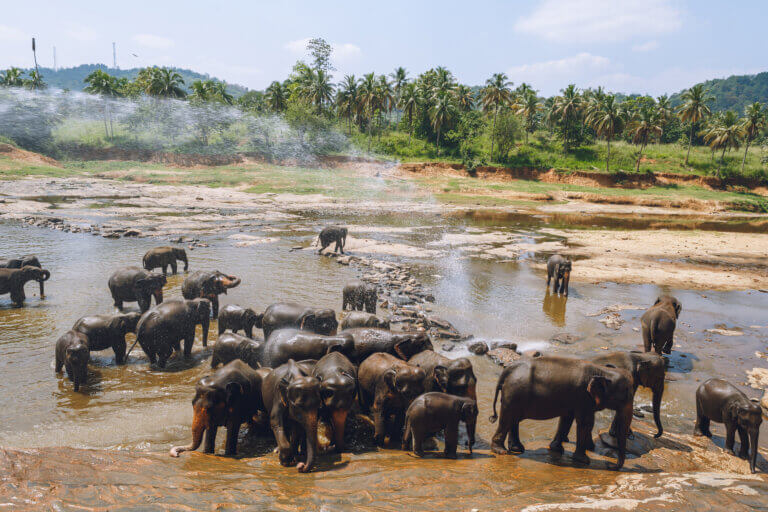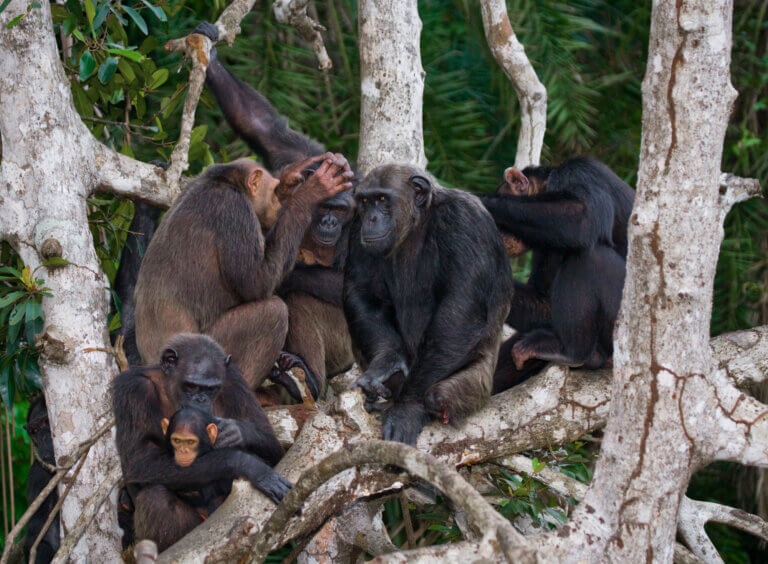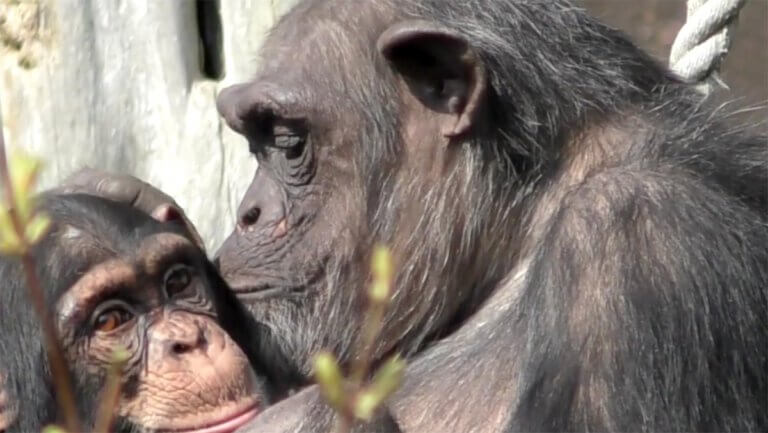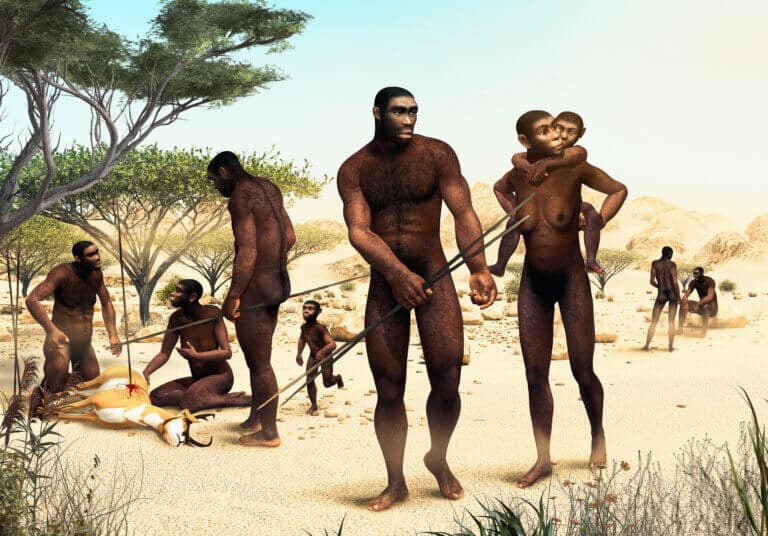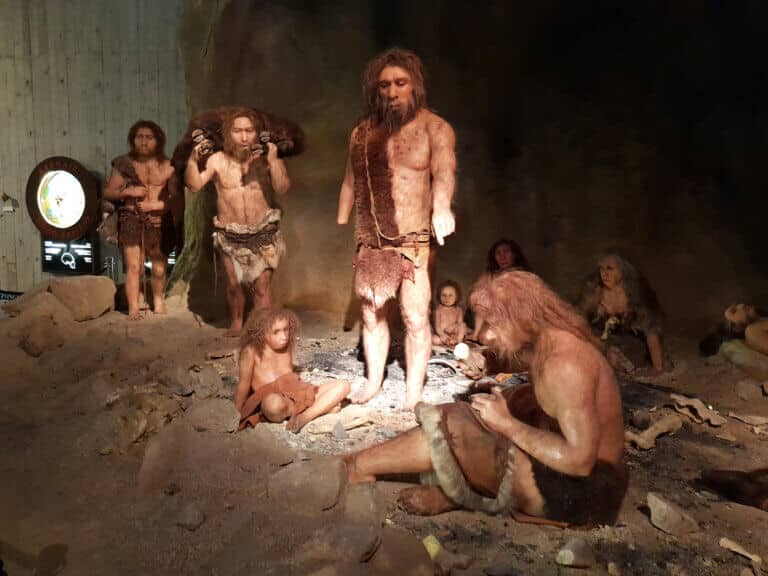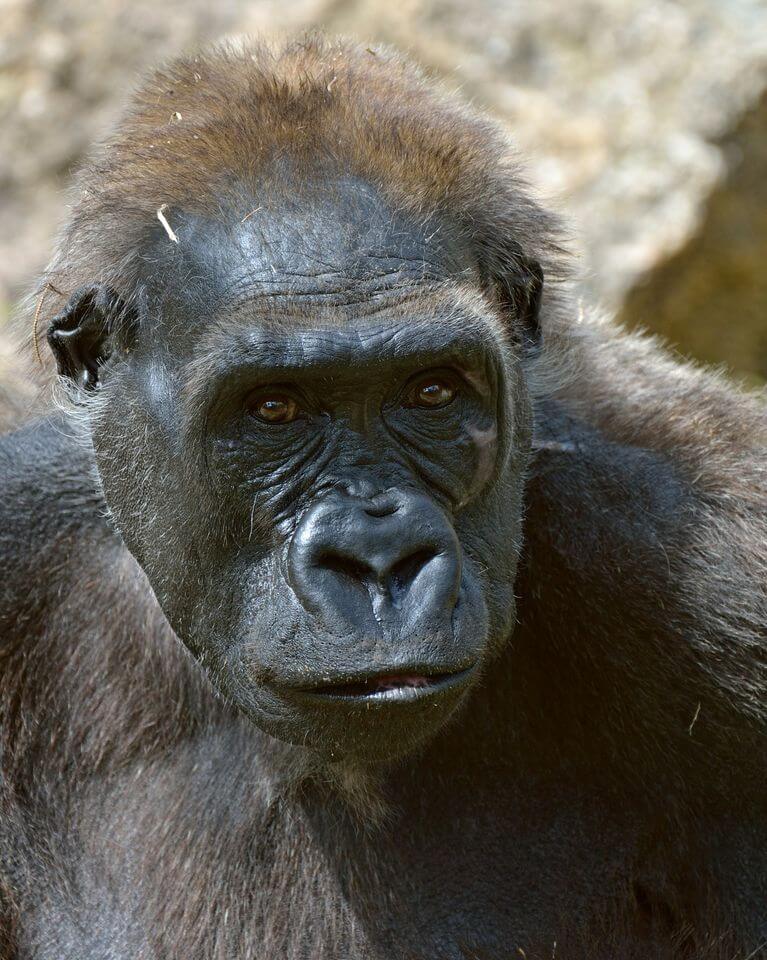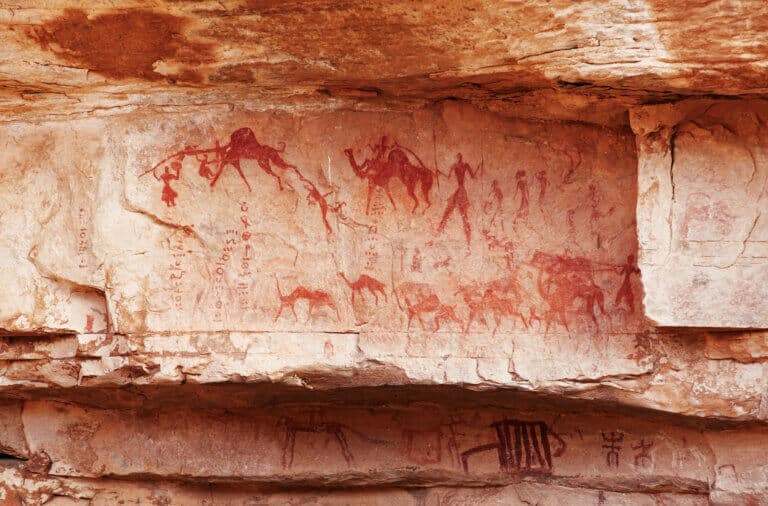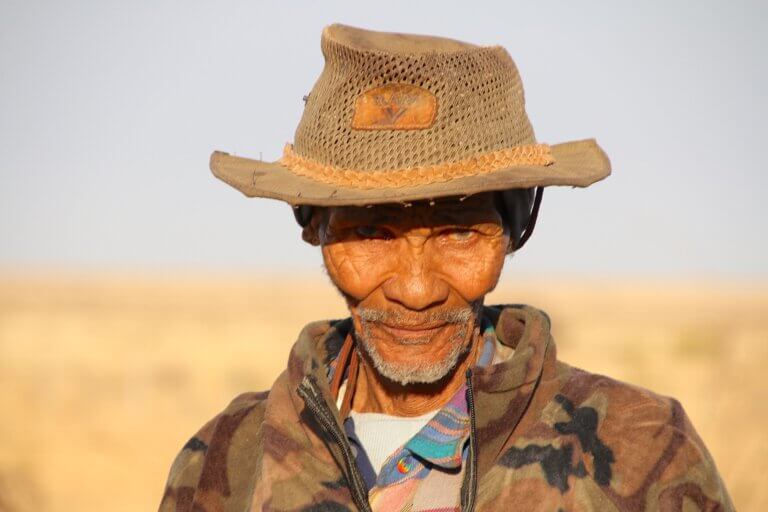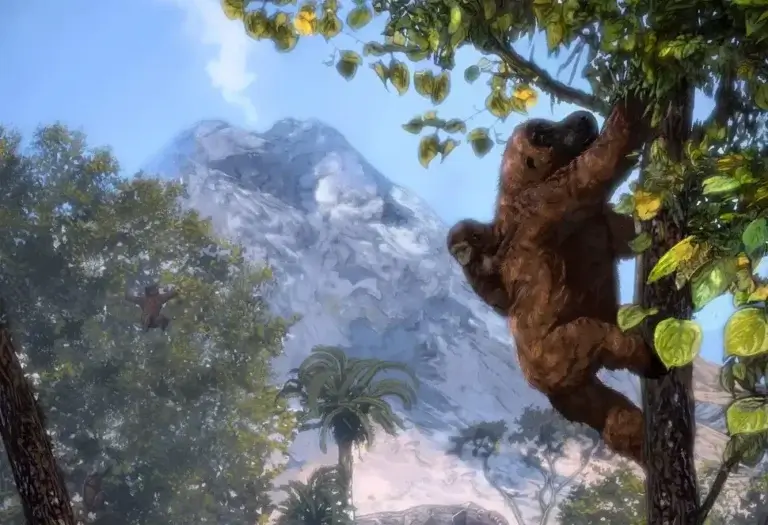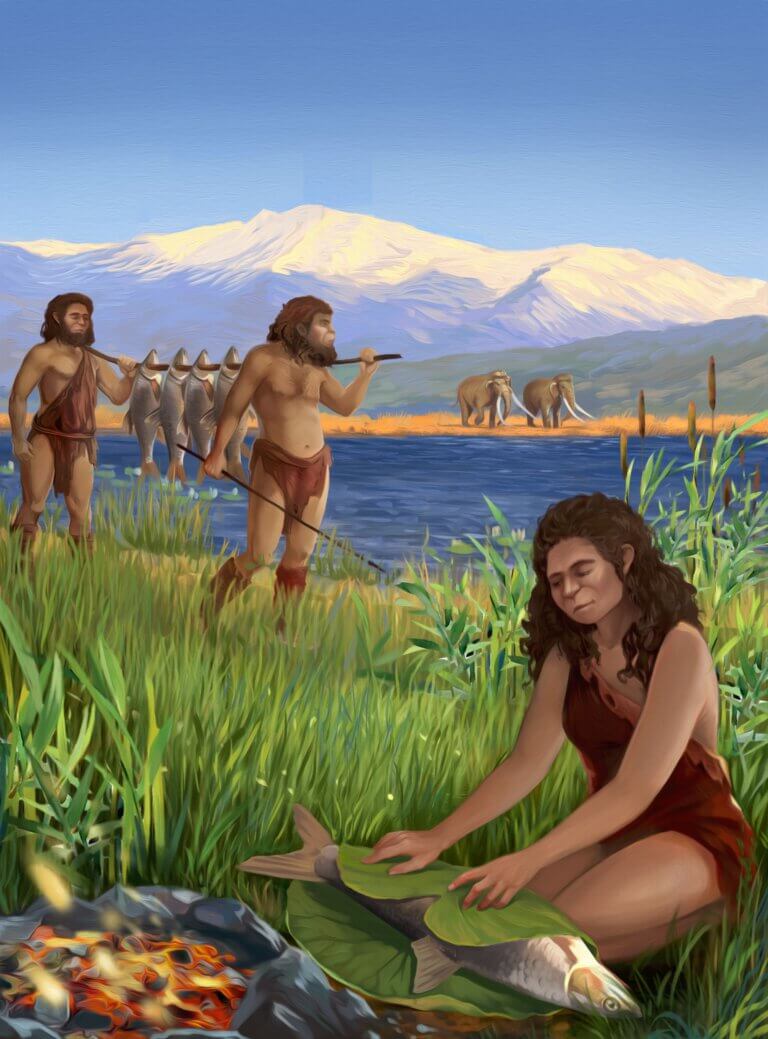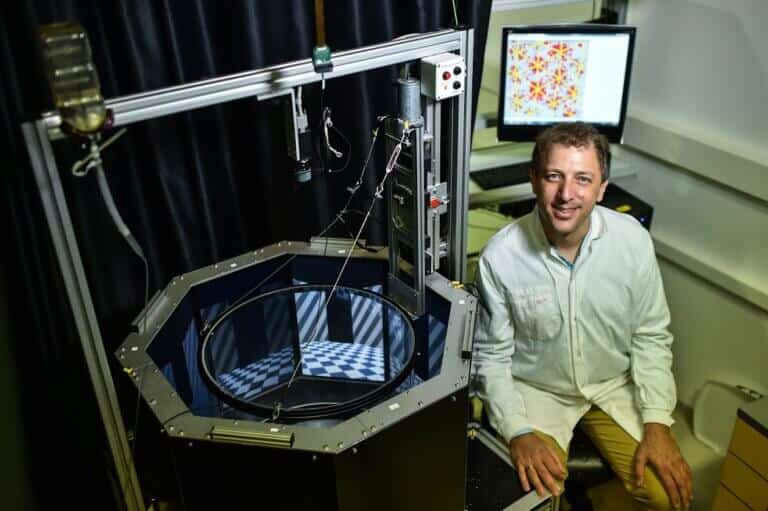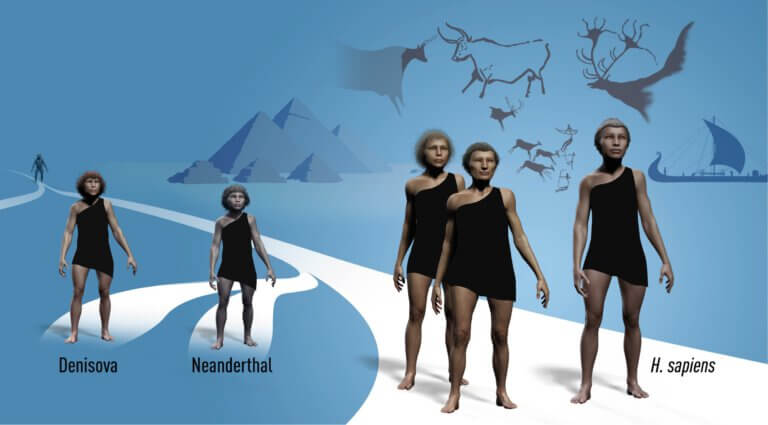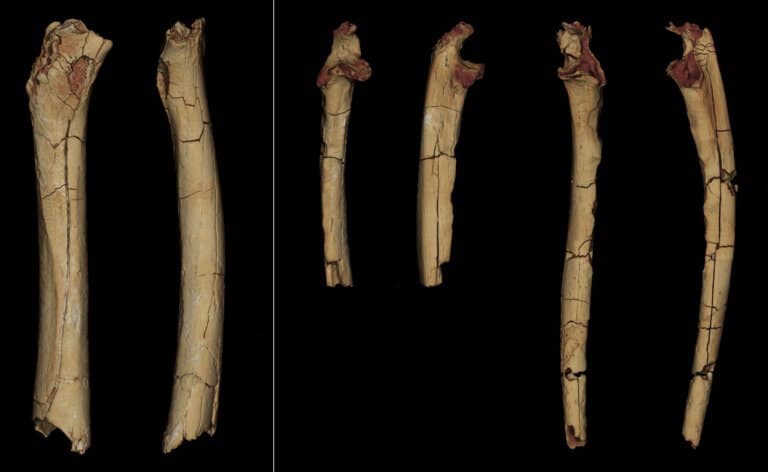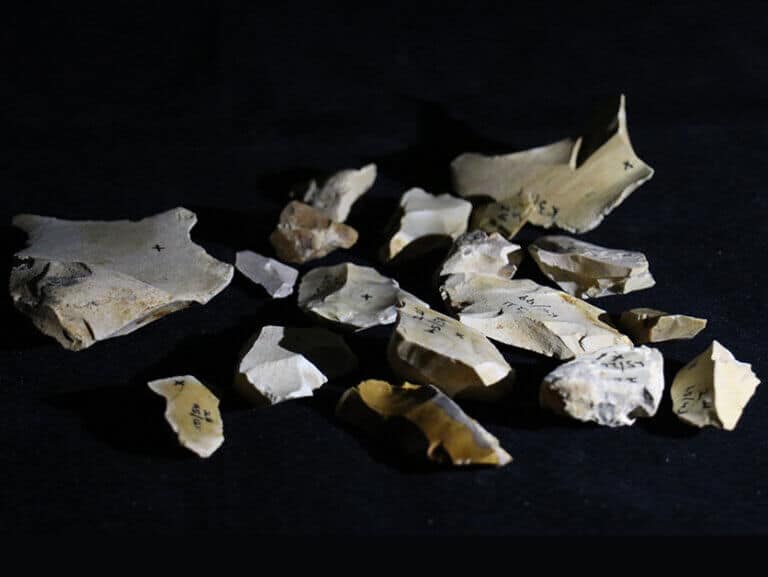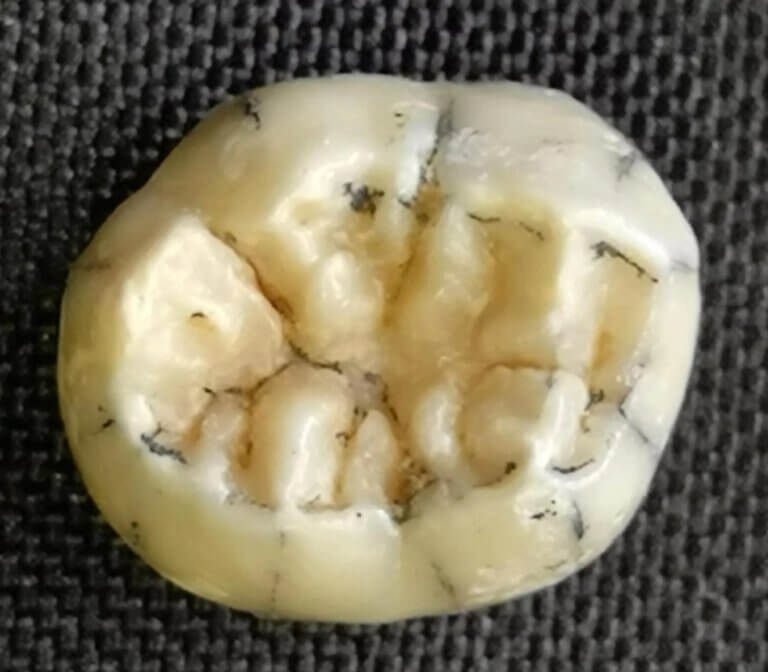Hayadan > Biology and Medicine > Evolution and nature > Evolution - the rise of man
Evolution - the rise of man
- Tel Aviv University
- March 27, 2024
Why did the ancient man return again and again, over hundreds of thousands of years, to the same quarry sites? It turns out that the secret lies in the migration routes of the elephants
- Avi Blizovsky
- March 24, 2024
- One response
The loss of the tail occurred about 25 million years ago, when the lineage of humans and great apes split from that of the ancient apes. The researchers identified the insertion of a specific AluY element into the intron of the TBXT gene as a key event that could explain the loss of the tail
- Avi Blizovsky
- January 11, 2024
- No comments
Great apes recognize pictures of group members they haven't seen in more than 25 years and respond more enthusiastically to pictures of their friends, new research suggests
- Avi Blizovsky
- January 10, 2024
- 4 תגובות
Sediment studies in the Mediterranean reveal the existence of a green corridor in the Sahara desert that emerged at the exact time when our ancestors migrated from Africa about 2.1 million years ago
- Avi Blizovsky
- October 20, 2023
- 2 תגובות
- The Voice of Science website - the Israel National Science Foundation
- October 17, 2023
On the way in which vocal expressions can convey emotional information, especially in powerful experiences, and on the importance of the visual context
- The Technion
- September 29, 2023
- One response
The primitive facial architecture of the gorilla as a key to understanding human facial expressions
- Tel Aviv University
- September 12, 2023
The need to hunt small animals caused prehistoric man to improve his mental abilities in order to perfect his hunting tools
- Tel Aviv University
- July 22, 2023
The people who lived in the Hula valley hundreds of thousands of years ago made long journeys to obtain quality raw material for the production of hand stones
- Dr. Hanan Stein
- July 8, 2023
- 18 תגובות
Chapter nine from the book: "The Free Man - Evolutionary Psychology, Brain Research and Understanding the Mind"
- Avi Blizovsky
- May 30, 2023
- One response
A new model of human evolution suggests that Homo sapiens arose from many closely related populations rather than from a single group
- Avi Blizovsky
- April 26, 2023
- 4 תגובות
Using rigorous and detailed collection methods, the researchers were able to place the remains of fossilized apes, such as Morotopithecus, in detailed reconstructions of habitats. Credit: Corbin Rainbolt
- The Hebrew University
- November 15, 2022
- 3 תגובות
This is the earliest evidence of self-initiated cooking with fire. A global breakthrough by the Hebrew Universities, Bar Ilan and Tel Aviv in collaboration with Oranim College and the Sea and Lake Research Institute
- The Technion
- November 1, 2022
An international study with the participation of researchers from the Technion and the Hebrew University won the prestigious ERC Synergy Grant
- Yoram Soreq
- October 21, 2022
- 2 תגובות
Following on from Judith's question about the longevity of women compared to men, Nir asks what is the evolutionary logic in living long after the period of fertility has ended?
- Dr. Moshe Nahamani
- October 3, 2022
- One response
Santa Febo is a Swedish evolutionary geneticist, one of the founding fathers of the field of paleogenetics, leader of the international project to map the Neanderthal human genome, and co-discoverer of Denisovan man
- Ehud Amir
- September 29, 2022
- 6 תגובות
- Avi Blizovsky
- September 28, 2022
- 4 תגובות
Contrary to the prevailing assumption until now, a team of researchers from France and Chad discovered that walking on two feet does not characterize only Homo sapiens and may have evolved several times. several times and gradually
- Ehud Amir
- September 27, 2022
- 6 תגובות
Why do we think our nature is so bad? Why do we believe that constant warfare is a basic human drive?
- Ehud Amir
- September 26, 2022
- One response
In this chapter we will examine whether social morality is a product of religions, or a universal biological trait that preceded cultures and religions? And how humanity can unite in times of emergency
- Yoram Soreq
- August 26, 2022
- 2 תגובות
Yaniv wonders about human nature: "Why did the word humane take on the meaning of human love, tolerance, patience, etc., are wars, death, cruelty and oppression of the weak less humane?" Yaniv wonders about human nature: "Why did the word humane take on the meaning of human love, tolerance, patience, etc. ', are wars, death, cruelty and oppression of the weak less human?"
- Weizmann Institute
- June 14, 2022
The findings obtained through an innovative method based on artificial intelligence are some of the earliest evidence of the use of fire in Israel and in the world
- Yoram Soreq
- June 10, 2022
- 16 תגובות
The matriarchal society of the ancient man thrived precisely because of the ignorance of the connection between sex and pregnancy and childbirth, this has changed in the last 8,000 years
- Avi Blizovsky
- June 7, 2022
- No comments
Denisovan man, a sister race of modern man, lived in Laos 164,000 to 131,000 years ago with important implications for populations outside of Africa and Australia
- Yoram Soreq
- February 25, 2022
- 4 תגובות
David shares the question and the idea: Homo sapiens is the only species that has a chin and science has no explanation as to what the evolutionary advantage of such a "facility" is and how it works.

